Dear Dr. Kato:My wife is 77 years old. She is having increasing problems with her balance and has fallen several times. I’m very concerned that something serious may happen. Is this vertigo?
Dear Reader: Balance disorders are common in the elderly, not only resulting in distressing sensations, but also leading to reduced activity levels and quality of life. It is estimated that 30% of seniors experience a balance disorder. Abnormalities of balance are associated with falls – a major cause of morbidity and mortality for the elderly.
Presbystasis (“prez-bee-stay-sis”) is a diagnosis also known as “disequilibrium of aging.” Individuals with this disorder have generalized imbalance, but do not have spinning vertigo. The imbalance is primarily noticed when walking. Those affected complain of unsteadiness and often hold onto walls or other objects to steady themselves. They typically do not have any imbalance when sitting or lying down.
There are several factors that contribute to this aging-related balance dysfunction:
- Decline in vestibular (inner ear) function;
- Eye disorders (glaucoma, cataracts, macular degeneration);
- Disorders of peripheral sensory organs (peripheral vascular disease, neuropathy, etc.);
- Arthritis disorders (particularly of the cervical spine);
- Multi-sensory disorders (e.g., diabetes).
The diagnosis of presbystasis is made by a thorough history and physical examination, typically by an ear specialist (neurotologist). Inner ear testing, including an audiogram and a battery of vestibular tests are helpful in making the diagnosis. Radiologic scans may or may not be necessary.
The primary treatment for presbystasis is balance rehabilitative therapy (vestibular rehab). The goal of therapy is to rehabilitate individuals to the maximum extent possible, and to combine this rehabilitation with other strategies, e.g., canes or walkers, as necessary so that individuals can try to regain their independence and ability to walk with confidence. Fall prevention is a critical goal, as the consequences of a fall can be serious: broken bones, concussions, or even death.
Vestibular rehab therapy is an individualized intervention strategy. Therapy is customized to address each person’s needs, and includes:
- Exercises to improve visual and inner ear neurological connections;
- Exercises to maximize the use of visual and sensory inputs;
- Exercises to diminish pathological responses;
- Exercises to strengthen the musculoskeletal system.
Balance therapy has been shown to be effective at reducing fall risk for both young and old. Individual therapy sessions as mentioned above, and even group balance therapy programs have been proven to improve balance in patients over the age of 65.
Dr. Maya Kato is the founder of The Ear Institute in Palm Desert and can be reached at (760) 565.3900.
Sources upon request.


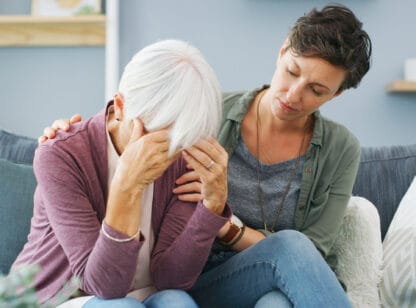


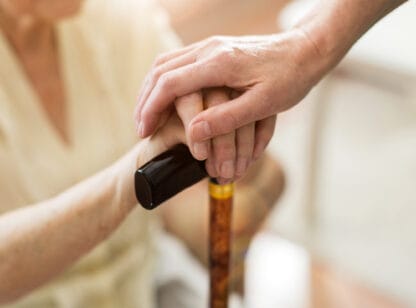



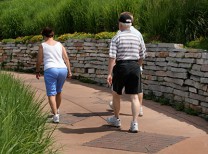
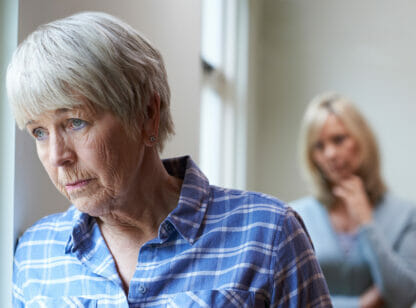



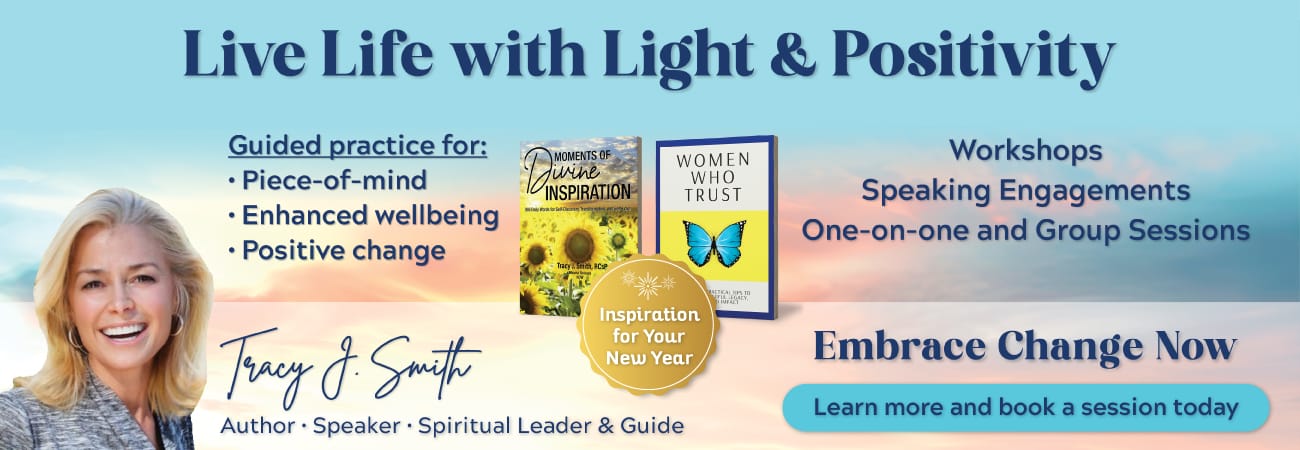

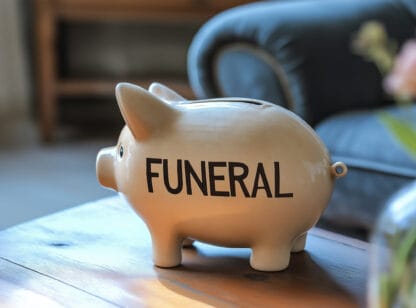
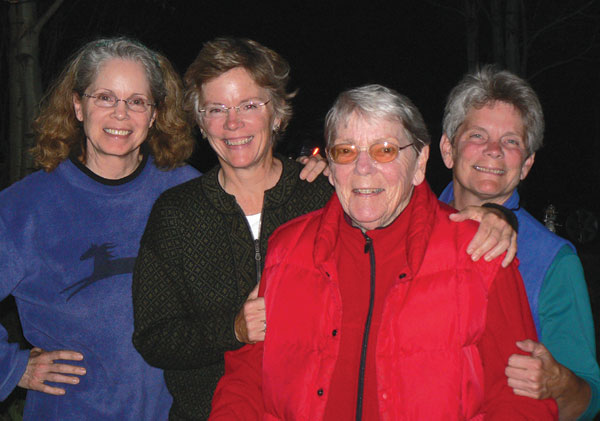
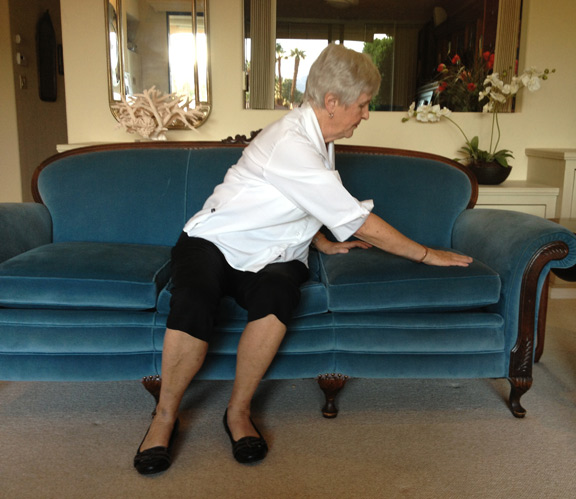




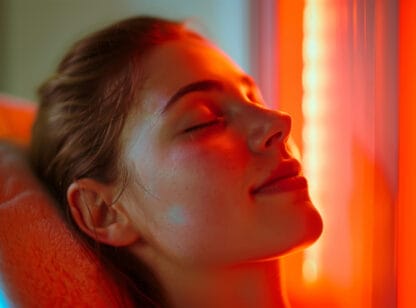



















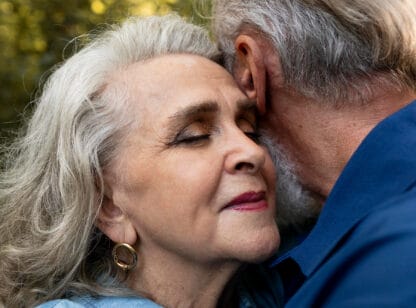





Comments (0)